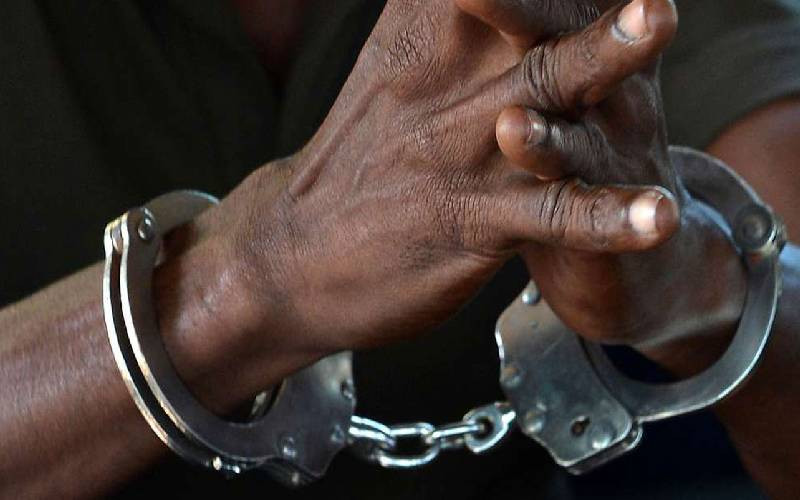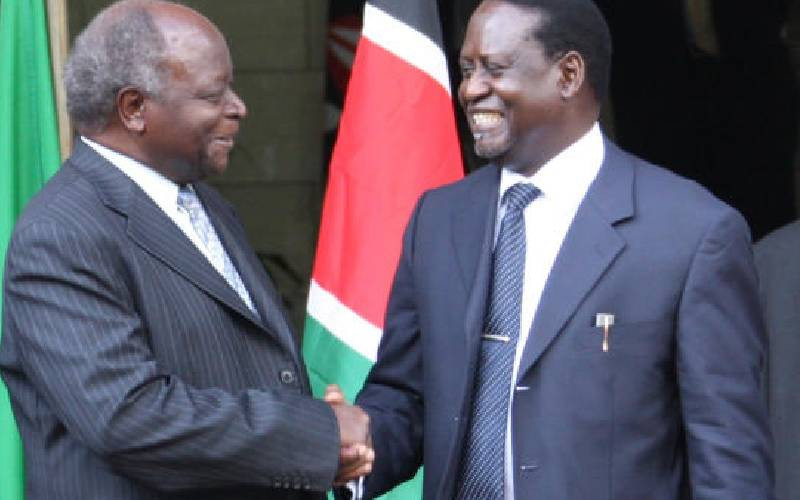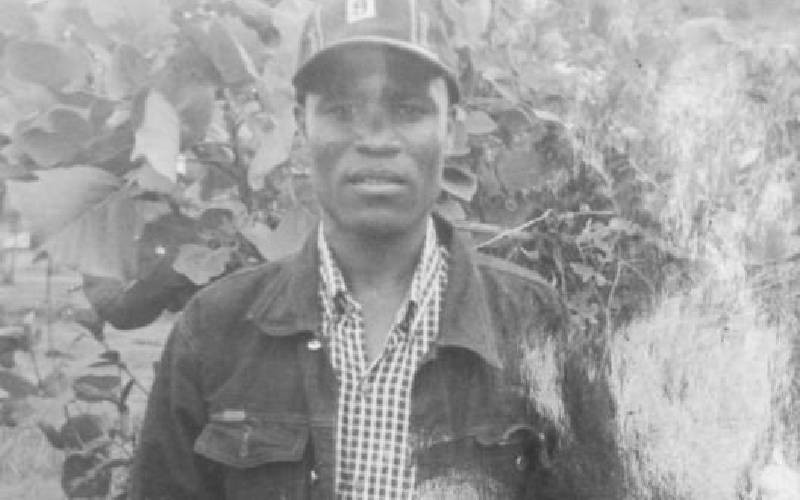Kenya: The death penalty goes back many decades. The practice that was first introduced in Kenya in 1893 was, however, not widespread in the pre-colonial era.
The high number of successful appeals against the death sentence provides evidence that a number of people may have been wrongly convicted and even possibly executed due to a flawed justice system or lack of fair trial. Pre-colonial Kenyan societies were not eager to take away the life of another person even in the situation where murder was involved.
Punishment among the Abanyore clan of the Luhya ethnic group could involve banishment or ostracism for crimes of witchcraft and sorcery. The Luhya community typically tried offenders. Suspects were acquitted, given a life sentence or executed.
The Kisii practised beating or execution of witches. A Maasai man could only be found guilty of murder if he killed someone from the Maasai ethnic group. The penalty was compensation in terms of cattle. The Turkana reserved execution for the serious crimes of witchcraft or incest.
The Kikuyu reserved capital punishment for habitual murderers and major sexual offenders who were bound and left to die of exposure. Among the Luo, there was compensation for murder in the form of the killer marrying the wife of the victim.
"Blood price" among the Kamba ensured that a murder, manslaughter or accidental death was solved through payment of between 11 and 14 cows, one or two bulls and a goat.
British concepts
But with the advent of the white man, these traditions eventually fizzled out. With colonisation, the country adopted British concepts of crime and punishment. In came the Penal Code that resulted in the abolishing of customary and common-law offences.
By the late 19th century, Great Britain had instituted the death penalty in Kenya for the crimes of murder, treason and other violent felonies. In the mid-1920s, the so-called "black peril" laws were introduced as a capital offence. This was punishment on a black man who raped a white woman. The trials were carried out haphazardly. The relatively high rate of mercy resulted in only 459 people executed, excluding Mau Mau-related crimes, in 48 years - between 1908 and 1956.
Although during the 20th century, the colonial government sparingly employed the death penalty for political crimes, that was not the case in Kenya where between 1952 and 1958, during the Mau Mau Emergency, over 1,090 freedom fighters out of 2,509 tried on capital charges were executed.
The country inherited the death penalty, a relic of 19th century Britain, on independence. Since 1963, Kenyan courts have committed thousands of men and women to die but almost never sent all of them to the gallows. The last execution was in 1987; that of the infamous 1982 abortive coup plotters.
 The Standard Group Plc is a
multi-media organization with investments in media platforms spanning newspaper
print operations, television, radio broadcasting, digital and online services. The
Standard Group is recognized as a leading multi-media house in Kenya with a key
influence in matters of national and international interest.
The Standard Group Plc is a
multi-media organization with investments in media platforms spanning newspaper
print operations, television, radio broadcasting, digital and online services. The
Standard Group is recognized as a leading multi-media house in Kenya with a key
influence in matters of national and international interest.
 The Standard Group Plc is a
multi-media organization with investments in media platforms spanning newspaper
print operations, television, radio broadcasting, digital and online services. The
Standard Group is recognized as a leading multi-media house in Kenya with a key
influence in matters of national and international interest.
The Standard Group Plc is a
multi-media organization with investments in media platforms spanning newspaper
print operations, television, radio broadcasting, digital and online services. The
Standard Group is recognized as a leading multi-media house in Kenya with a key
influence in matters of national and international interest.





